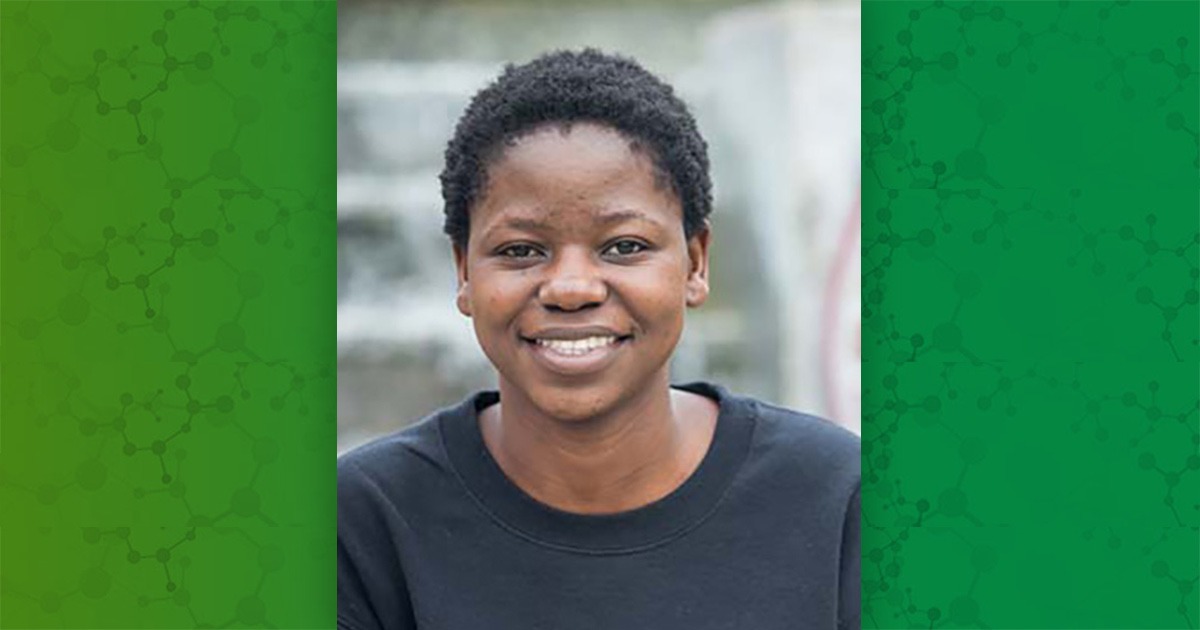Researchers at the NIEHS-funded Louisiana State University (LSU) Superfund Research Program (SRP) Center recently used community interview data to reveal historical effects of a thermal treatment waste facility on residents in Colfax, Louisiana.
In their recent study, the researchers analyzed oral histories obtained from interviews with community members concerned about pollution resulting from open burning and detonation of munitions and explosives at the facility. The researchers found social and environmental inequalities that affected members of the primarily low-income, majority-Black community.
Former LSU SRP Center trainee Matilda Odera, who was a master’s student at North Carolina State University at the time, led the study. Her advisor and co-author on the study, Jennifer Richmond-Bryant, Ph.D., is an investigator with the LSU SRP Center.
“Colfax residents wanted us to help document the effects the thermal treatment facility was having on them and the town,” said Richmond-Bryant. “We saw the chance to collaborate with the community to report the perceived effects that the thermal treatment facility was having on the community’s health, identity, and social lives.”
Informing science with history
To collect data, Richmond-Bryant and Odera used oral history, a research technique to gather information through interviews with people who have experienced historical events. The research team called Colfax residents for phone interviews, asking them questions about the history of their community, as well as social and health changes they experienced after the establishment of the thermal treatment plant.
In these interviews, community members provided details such as a decline of air and water quality, the loss of wildlife populations, and instances of illness among friends and family. According to the LSU team, these oral histories were useful tools for understanding community perceptions regarding the thermal treatment plant. They also helped inform the researchers about which types of pollutants to analyze and where to place sampling devices.
Using public records from the thermal treatment plant, the scientists mapped out the movement of air pollution from the facility. Ultimately, the team was able to align the spread of contaminants with the narratives of residents in those areas.
“It really corroborated all of their experiences,” said Odera. “The community members’ narratives, along with several different types of air pollution measurements, told a more comprehensive story. It humanized and contextualized the data.”

Experiences of environmental injustice
The oral histories also highlighted issues of environmental justice within Colfax. Odera analyzed the narratives for aspects of environmental justice, such as recognition of a community’s cultural values, equitable minimization of environmental health risks, and inclusion in decision-making processes.

In interviews, community members gave detailed accounts regarding the regular sound of explosions from the facility and thick, black plumes of smoke that drifted through the air. Some recounted the gradual decline of flora and fauna they had observed in the area, a decrease in Colfax’s population as people moved away, and a subsequent loss of communal activities. Furthermore, residents noted that communication from local authorities about the facility was limited or unreliable, and they often learned about facility operations from their neighbors.
“The narratives showed that there are several dimensions to the injustices experienced by local residents,” said Odera. “The health effects on residents have been coupled with erasure of local culture and exclusion from decision-making about the facility. Oral history was a way to give the power of owning the research back to the residents, and their voice is ever-present in the data.”
Informing health-protective decisions
Due in part to Richmond-Bryant and Odera’s research, and the outreach efforts of Colfax residents, the Louisiana Department of Environmental Quality recently prohibited open burning at the thermal treatment plant. This decision is currently under review in federal court. Meanwhile, community members have asked Richmond-Bryant and her team to continue monitoring the air quality in Colfax.
“Ultimately, we hope that our data will support decisions that promote public health and equitable outcomes for community members,” Odera noted.
(Michelle Zhao is a science writer for MDB, Inc., a contractor for the NIEHS Division of Extramural Research and Training.)
Source link
factor.niehs.nih.gov


